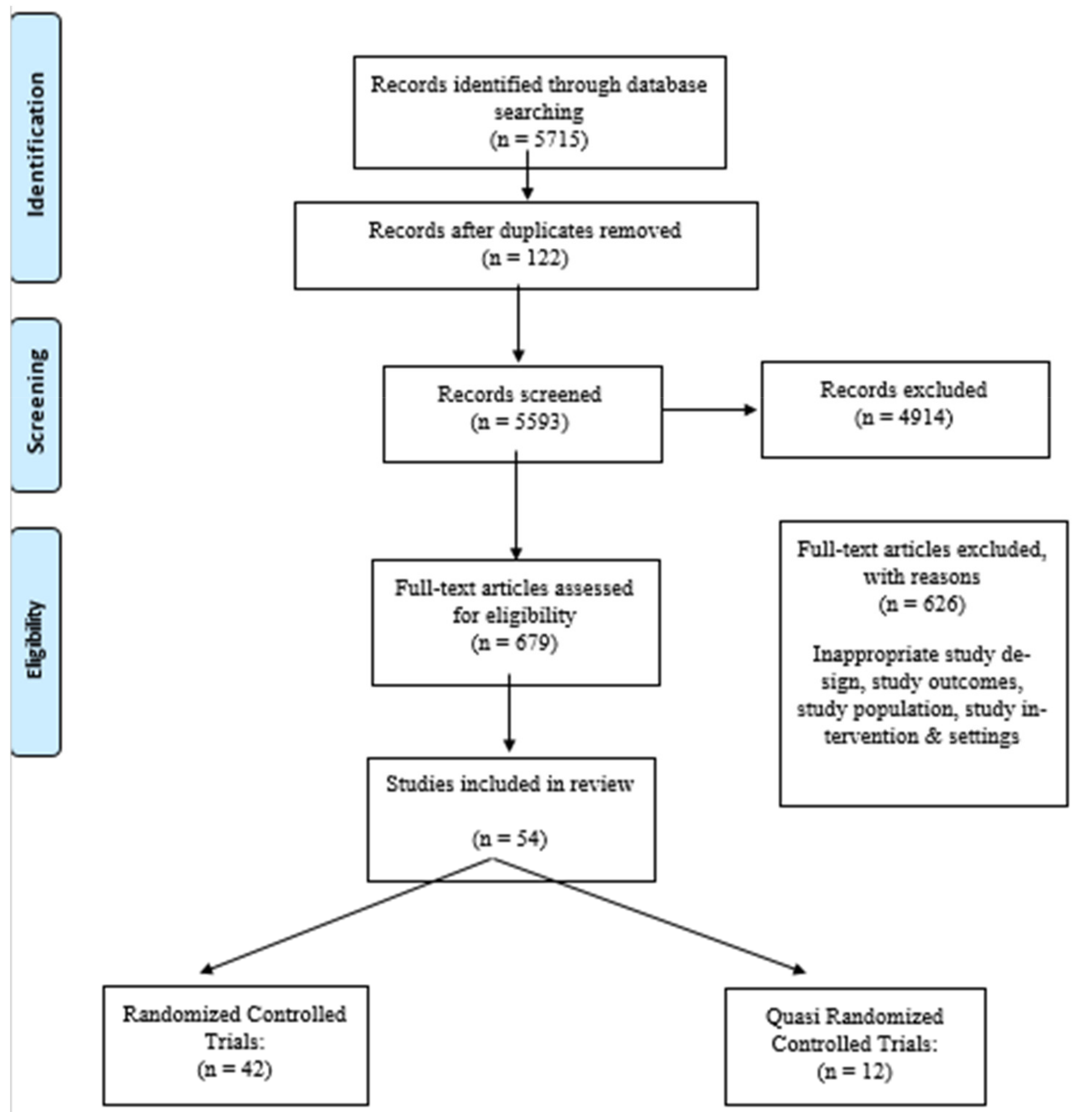

17 Above all, it contributes to rapid population growth, especially in countries where contraceptive use is not well embraced and increases individual lifetime fertility. 16 Such negative impacts continue throughout a teenager’s entire life and carry over to the next generation. 15 The effect of teenage pregnancy also adversely affects future earning potential and leads to lifelong poverty.
#Adolescent reproductive health in non formal education quiz full
14 For instance, it prevents teenagers from achieving their full potential and enjoying their basic human rights. Teenage pregnancy can bring about major health and social problems with unique medical and psychosocial consequences for the adolescent and society at large. 12 Preventing teenage pregnancy can help this goal since it is associated with poor maternal and child health outcomes and increased risks of dying during pregnancy. 11 One of the targets of sustainable development goals (SDGs 3.1) is ending preventable maternal deaths which aims for less than 70 maternal deaths per 100,000 live births globally by the year 2030. 10 The global maternal mortality ratio (MMR) in 2017 is estimated at 211 deaths per 100,000 live births, showing a reduction of 38% since 2000. 9 It is also a media-focal-point and a major issue irrespective of the teenager’s marital status. Teenage pregnancy should be one of the main issues in every healthcare system since early pregnancy can have harmful long-lasting implications on girls’ physical, psychological, economic and social status 8 and it is a concern from both human rights and public health perspectives.

6 The continent accounts for half of the world’s burden of maternal, newborn and child deaths. 5 From 15 countries that identified more than 30% of women giving birth before the age of 18 worldwide,14 of them were found in Sub-Saharan Africa including Niger, Mozambique, Malawi, Uganda and Cameroon. It is estimated that 101 births per 1000 women aged from 15 to 19. 5, 6 Teenage mothers accounted for more than half of all the births in this region. Sub-Saharan Africa recorded the highest prevalence of teenage pregnancy in the world in 2013. 3 Around half of these pregnancies were unintended, and more than half ended in abortion, often in unsafe conditions. 2 Annually, about 21 million girls aged from 15 to 19 years in developing regions become pregnant. 1 It is a global problem and creates issues for all those concerned about young women and their children’s health and well-being. According to the United Nations Children Fund (UNICEF), teenage pregnancy is defined as a pregnancy in girls within the ages of 13–19.


 0 kommentar(er)
0 kommentar(er)
